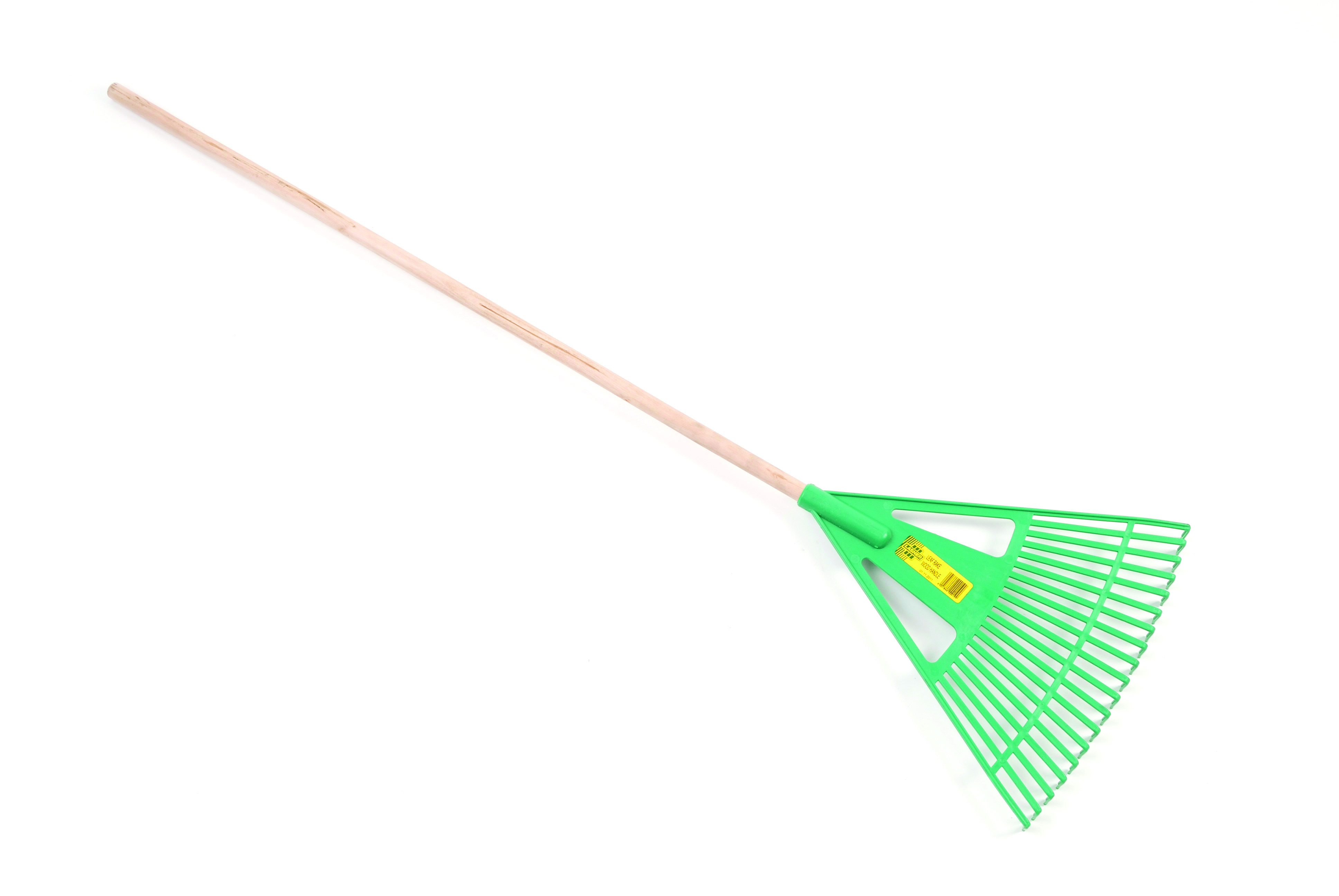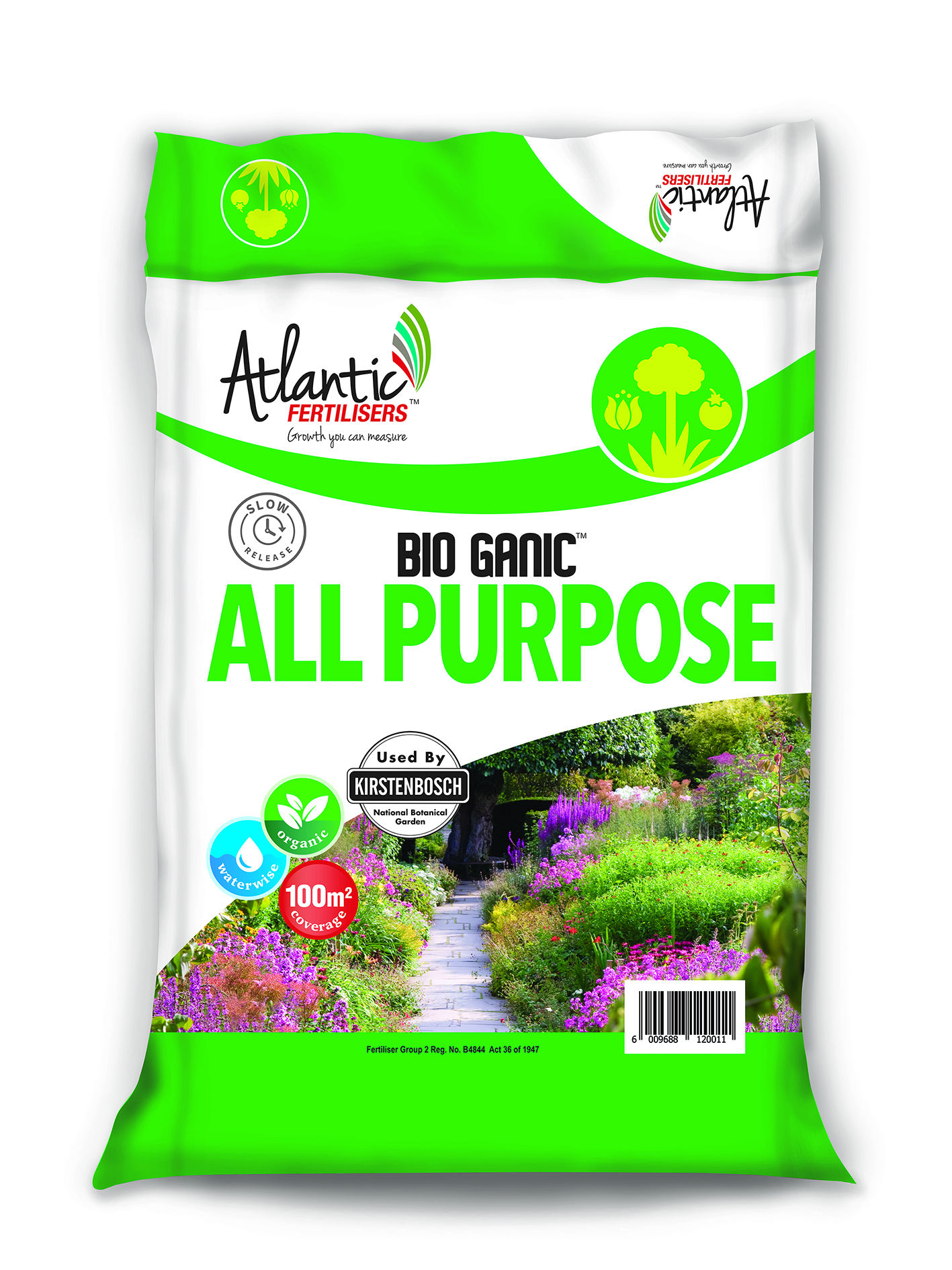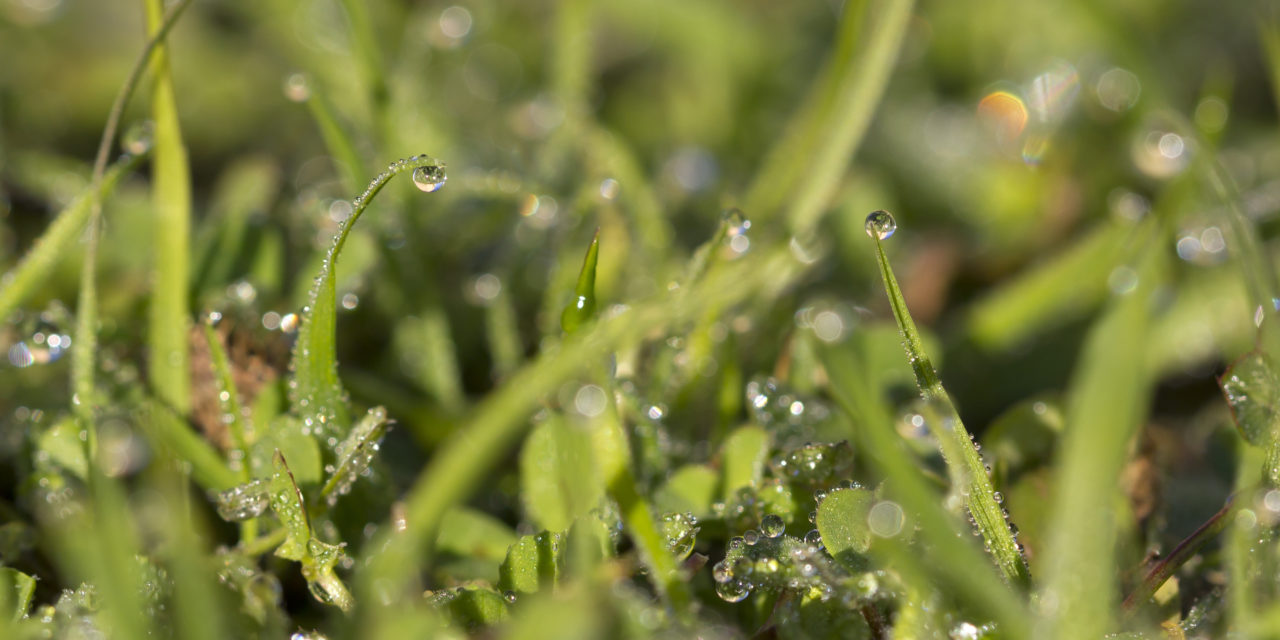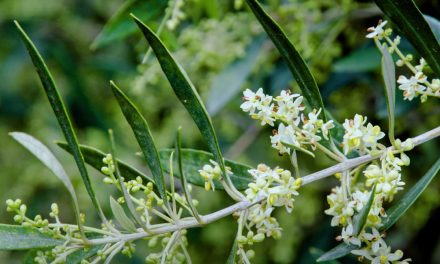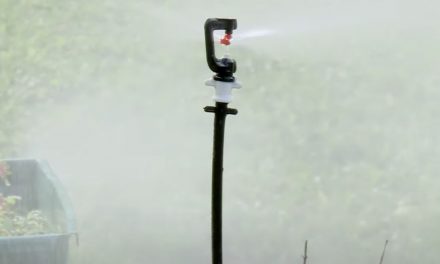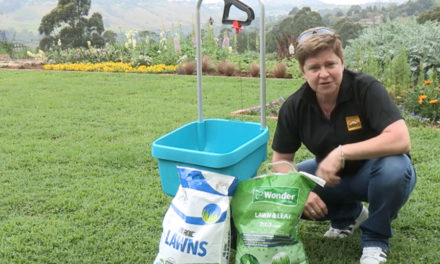Discover how to work out what grass will grow best in your garden and when to sow it by seed.
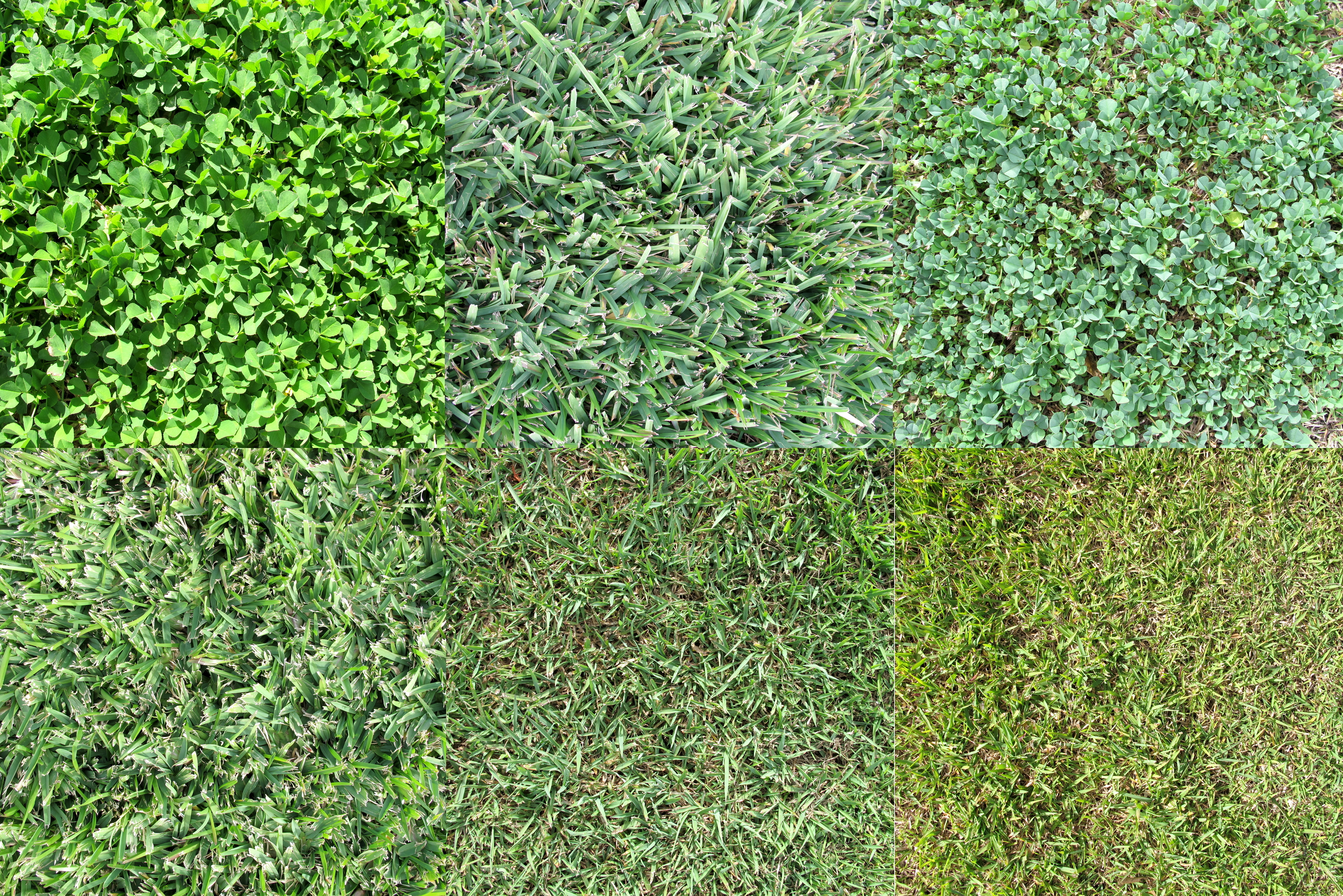
Types of grasses
Some grass varieties are green year-round, particularly in sub-tropical zones, whereas on the Highveld some varieties turn brown after frost. Grasses that put out runners, such as kikuyu, have a tendency to grow into garden beds, whereas those that grow in clumps are less invasive and easier to control. Indigenous varieties need less water, both to establish themselves and on an ongoing basis.
Mayford has a wide range of grasses including types that are waterwise. The All Seasons Evergreen is versatile as it grows in sun as well as semi-shade and does not easily invade flowerbeds. Wonder lawn is a small, round-leaved groundcover that is great between pavers. Indigenous waterwise grasses include Cynodon dactylon ‘Princess’, commonly known kweekgras, as well as wild grasses suitable for both grassveld and bushveld, which add a lovely natural look to landscapes.

Preparation
Prepare your planting area by spreading over some superphosphate and digging it in as you loosen the soil. Then rake the area level and fertilise with Talborne Organics Vita Green. Broadcast the seed according to the directions on the pack. Rake the seed in and roll to firm the soil down. Keep the soil moist for the first two weeks and avoid walking on the area until the seed has germinated (about five to 14 days, depending on variety). Keep free of weeds.
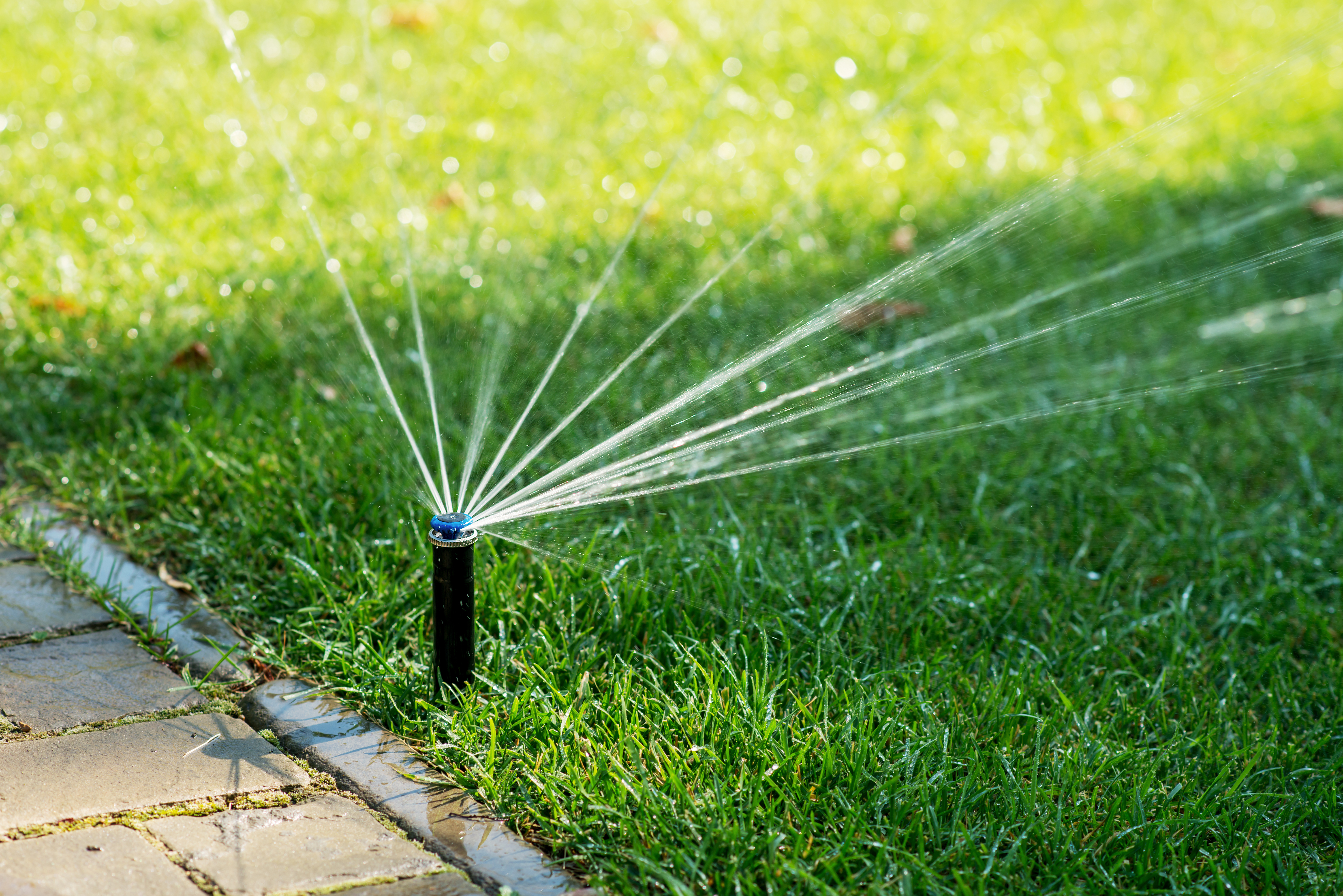
Maintenance
Correct mowing is vital to having a beautiful lawn. Make the first cut when the grass is six to nine centimetres high. A common mistake is to cut the grass too short. This exposes the roots and burns them – check directions on the seed pack for recommended lengths for the different grass varieties. A general guide is to mow only the top third at any one time, leaving two-thirds of the grass blade to create a green, springy carpet that’s a pleasure to walk on barefoot. Fertilise four times a year, at the change of seasons, with Talborne Organics Vita Green or Atlantic’s Bio Ganic Lawns. At the beginning of the spring growing season, spread a thin layer of lawn dressing to even out any hollows.
Products to buy
